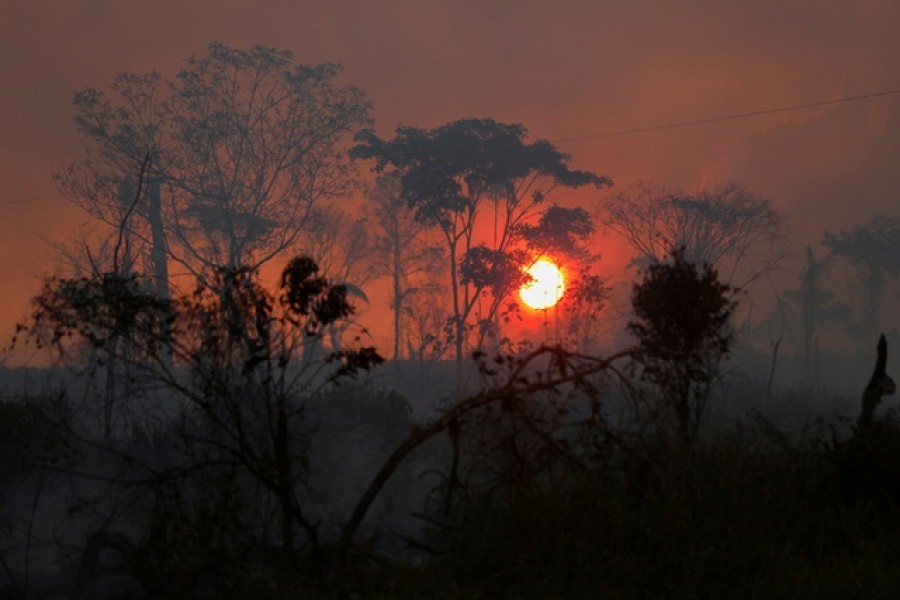Investments made by public development banks around the world could destroy nature worth $800 billion each year, researchers warned on Thursday, urging greater testing and transparency of the institutions' lending to reduce the risks to biodiversity.
A study published by the Finance for Biodiversity Initiative (F4B), a global think-tank, analysed how public development banks are approaching nature in their investments, reports Reuters.
Researchers estimated potential damage to nature from the banks' financing could cost society $800 billion annually - or the equivalent of 7 cents for every dollar they have invested. F4B chair Simon Zadek said the research measured nature-related risks - meaning the potential for activities backed by the banks to harm nature, or conversely how their reliance on plants, animals and ecosystems could cut the value of their investments.
The banks are lending to nature-sensitive sectors - notably food, mining and infrastructure - that often take place in environments rich in biodiversity, the study found.
In infrastructure construction, mining or agriculture, surrounding wetlands or forests could be destroyed and lead to overuse or pollution of local water supplies, Zadek told the Thomson Reuters Foundation.
A major meat producer in Brazil or a palm oil company in Liberia could be profiting from operations supported by public development banks on illegally deforested land, he added.
Some public banks are making progress in managing their relationship with nature, the report said, but over 40 per cent of the $11.6 trillion in assets held by more than 450 such banks relies heavily on fragile ecosystems like water, soil and pollination.
Investments highly dependent on nature which are already vulnerable include those in the fishing industry whose stocks are declining due to warmer seas and other factors.
Although development banks do follow environmental safeguards, the report argued these are not enough.
It urged public banks to conduct and publish - within the next 12 months - a nature stress test across their entire investment portfolios.
Public banks are owned by governments at international, regional and national levels, and their assets combined make up about 10 per cent of global investment.
Examples include the World Bank, the Inter-American Development Bank, the Asian Development Bank and China Development Bank.
Wealthy G7 governments are especially influential shareholders in these institutions, the report noted.
In June, G7 leaders pledged to protect at least 30 per cent of their land and oceans by 2030 and acknowledged the "existential threat" posed by biodiversity loss.
"These publicly-owned banks should be fulfilling their mandate to foster development in a way that protects the environment," F4B ambassador Jeremy Eppel said in a statement.
"It's now time for these (G7) governments to use their influence and powers to ensure nature is considered across the work of these development banks."


